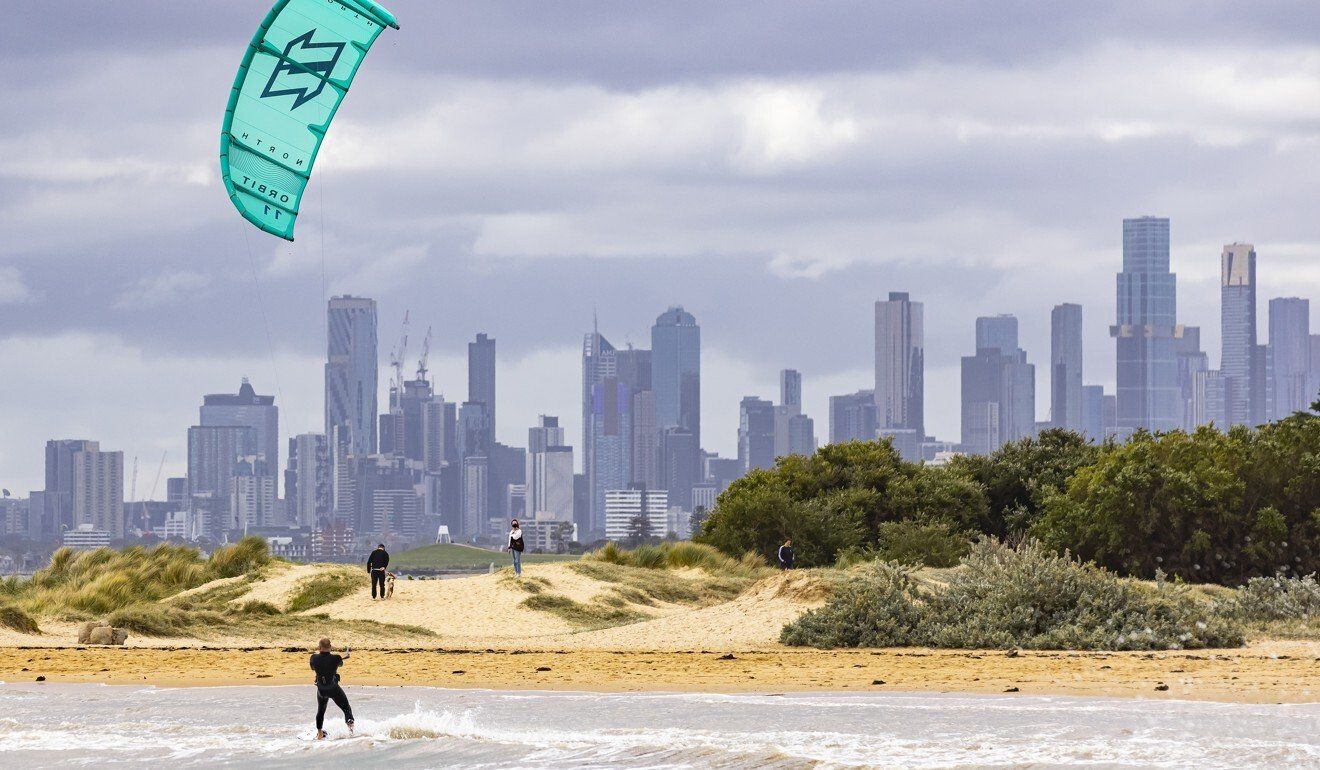Hong Kong News

8,800 Hongkongers eligible for new Australian pathways to permanent residency
About 8,800 Hongkongers are currently eligible for a new Australian permanent residency scheme set to open for applications on March 5, the country has revealed.
The disclosure came four days after Canberra amended its migration regulations to create the “safe haven” policy for Hongkongers, which will focus on those who are currently studying or working in Australia, and enable them to obtain residency in the country in as little as three years if they meet certain requirements.
Alex Hawke, minister for immigration, citizenship, migrant services and multicultural affairs, said on Monday that the two new permanent residency visa streams for Hong Kong and British National (Overseas) passport holders were introduced as part of Australia’s commitment to strengthening ties with the city.
“These new visas will provide a pathway for temporary graduates and temporary skilled workers from Hong Kong currently in Australia on extended visas, and will build on the already close family connections and economic ties with Hong Kong that have existed for many years,” Hawke said in a statement.
“There are approximately 8,800 existing temporary skilled, temporary graduate and student visa holders who will be eligible for these new visas.”
Prime Minister Scott Morrison first promised a new pathway to permanent residency shortly after Beijing imposed the national security law on Hong Kong in June last year. The legislation outlaws secession, subversion of state power, terrorism and collusion with foreign forces.
Under the new amendments, Hong Kong and BN(O) passport holders who have been in Australia studying or working for the four years leading up to their application – and who meet health, character and security requirements – are eligible to apply for a so-called skilled independent visa.
The primary applicant must pay A$4,115 (US$3,095) as a first instalment, and A$4,885 for the second before a visa is granted. It will cost A$2,055 for an extra adult applicant, and A$1,030 for one aged below 18 years. The total cost for a family of two adults and a child works out to about HK$78,000 (US$10,000).
 One of the new residency pathways is aimed at those living outside major cities like Sydney and Melbourne (pictured).
One of the new residency pathways is aimed at those living outside major cities like Sydney and Melbourne (pictured).
Another stream offered by the Australian government is through a so-called permanent residence (skilled regional) visa, for those working or studying in a “designated regional area” outside major cities for the three years leading up to their application. Applicants for permanent residence (skilled regional) visas must also meet health, character and security requirements.
Hawke added the “simpler” pathways to residency for Hongkongers would “attract skills and talent and build business links, helping to boost productivity and create further job opportunities for Australians”.
Immigration observers have described the eligibility threshold for the new pathways as “low”, with consultant Benny Cheung Ka-hei previously likening them to a similar scheme introduced by Canada that was aimed at attracting young talent and skilled workers as the local population aged.
However, Britain’s permanent residency pathway for BN(O) holders – also introduced in response to the national security law – was still the most attractive, Cheung said, because applicants were not required to have a job or pursue a degree there, and could also bring along family members such as parents and children.
Jane Poon, spokeswoman of Australia-Hong Kong Link, a concern group supporting the city’s 2019 protest movement, previously called the easier access to permanent residency good news for those seeking to emigrate.











